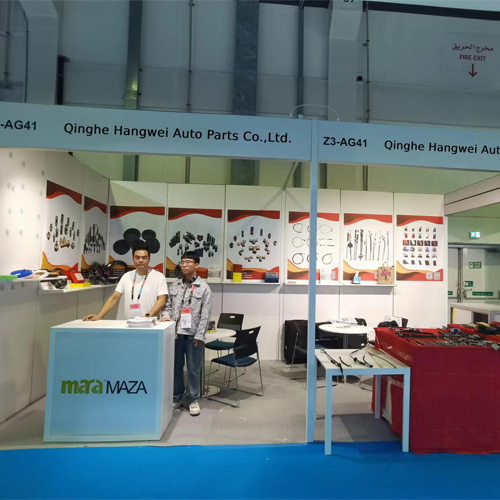manual throttle cable
Understanding the Manual Throttle Cable Function and Importance
The manual throttle cable is a critical component in a vehicle’s operation, particularly in cars equipped with traditional internal combustion engines. Its primary function is to connect the accelerator pedal to the throttle body, facilitating the driver’s request for power by regulating the engine's air intake. This article delves into the intricacies of the manual throttle cable, its significance, and maintenance tips for optimal performance.
What is a Manual Throttle Cable?
A manual throttle cable is essentially a flexible cable that transmits the motion of the accelerator pedal to the throttle, a mechanism that controls the engine’s airflow. As the driver presses down on the accelerator pedal, the cable pulls and opens the throttle, allowing more air (and consequently fuel) into the engine. This process increases engine power and speed. Unlike electronic throttle control systems that use sensors and motors, manual throttle cables provide a direct mechanical link between the driver and the engine.
Components of a Throttle Cable System
The throttle cable system comprises various components, including the cable itself, a cable housing, and connectors at both ends. The cable is usually made from metal strands twisted together and covered with a protective outer layer. The housing serves to guide and protect the cable while preventing dirt and debris from interfering with its movement. Connectors at either end are designed to attach securely to both the accelerator pedal and the throttle body, ensuring efficient transmission of movement.
Importance of Manual Throttle Cables
1. Driver Control The manual throttle cable allows drivers to have complete control over their vehicle's power output. This direct connection means that the response can be immediate, providing the kind of driver engagement that many enthusiasts appreciate. 2. Simplicity and Reliability Unlike electronic systems, manual throttle cables have fewer electronic components, making them less susceptible to electronic failures. Their simple mechanical nature often leads to increased reliability, especially in older vehicles.
3. Performance Tuning For car enthusiasts and racers, tuning the throttle cable can lead to enhanced performance. Adjusting the play in the cable allows for finer control over throttle response, which can provide a competitive edge in racing situations.
manual throttle cable

Common Issues with Manual Throttle Cables
While the manual throttle cable is a robust component, it can experience issues over its lifespan. Common problems include
- Stretching Over time, the cable can stretch, leading to increased throttle lag. This can be particularly bothersome in performance applications. - Fraying The protective outer layer can wear away, leading to fraying of the inner cable. This can result in sudden loss of throttle control, posing a safety risk. - Binding Dirt, debris, or corrosion can cause the cable to bind in its housing, restricting the movement and leading to inconsistent throttle response.
Maintenance Tips
1. Regular Inspections Conduct regular inspections of the throttle cable for signs of wear and tear. Ensuring that the cable is properly lubricated and free of debris can prolong its life.
2. Adjust Cable Tension Many vehicles have an adjustable throttle cable. Checking and adjusting the tension can enhance throttle response and prevent lag.
3. Replacement If any signs of fraying, stretching, or binding are found, it is advisable to replace the throttle cable immediately. Many automotive shops offer direct replacements that are easy to install.
4. Professional Help For those unsure about diagnosing or fixing throttle cable issues, it’s best to consult a professional mechanic. They can provide accurate assessments and ensure that any repairs or replacements are performed correctly.
In conclusion, the manual throttle cable plays an indispensable role in vehicle operation and driver experience. Understanding its function, ensuring regular maintenance, and addressing any potential issues promptly can lead to a safer and more enjoyable driving experience. Whether you are a casual driver or a performance enthusiast, appreciating the importance of this component is essential in understanding vehicle dynamics.
-
Workings of Clutch Pipe and Hose SystemsNewsJun.04,2025
-
The Inner Workings of Hand Brake Cable SystemsNewsJun.04,2025
-
The Secrets of Throttle and Accelerator CablesNewsJun.04,2025
-
The Hidden Lifeline of Your Transmission Gear Shift CablesNewsJun.04,2025
-
Demystifying Gear Cables and Shift LinkagesNewsJun.04,2025
-
Decoding Clutch Line Systems A Comprehensive GuideNewsJun.04,2025
